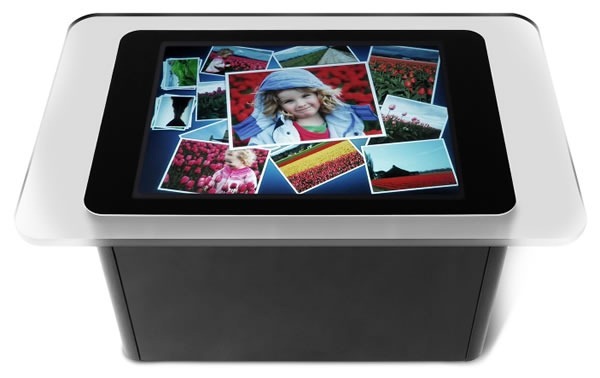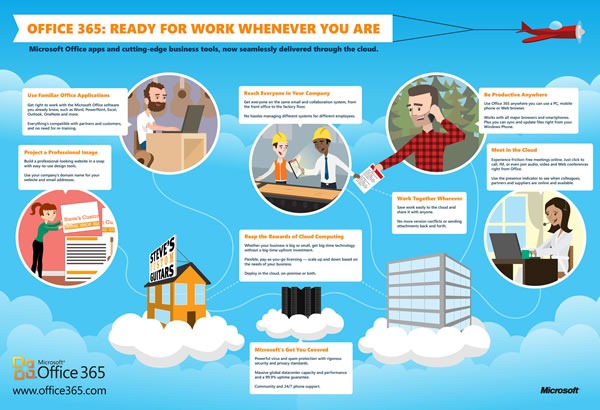 Mathew Ingram’s been putting the word out that GigaOm – the technology blog started by Om Malik – is looking for a news editor. If you’ve got the knack for running a virtual newsroom and coordinating the activities of bloggers who are scattered all over the globe, this could be the job for you!
Mathew Ingram’s been putting the word out that GigaOm – the technology blog started by Om Malik – is looking for a news editor. If you’ve got the knack for running a virtual newsroom and coordinating the activities of bloggers who are scattered all over the globe, this could be the job for you!
 SOMA: Your work neighbourhood, should you get hired.
SOMA: Your work neighbourhood, should you get hired.
Here are the details, as they appear on their LinkedIn jobs page:
Job Description
SOMA/Financial District (San Francisco Bay Area)
GigaOm is looking to hire a News Editor to manage the edit flow for the team. This person will work on east coast time and will be the main assigning editor for hitting news stories. Working very closely with the Managing Editor, the NE needs to stay on top of everything happening in the (virtual) newsroom and focus everyone toward the same goals. It is a fast-paced, collaborative online newsroom, and the NE duties change every day but they include:
- Manage the editorial team’s day to day work, including assignments based on current news, scheduling, editorial guidance, and final edit on stories before they go live;
- Manage story budgets;
- Maintain the balance of news and long feature pieces on the sites;
- Work with editors to align and direct news and feature coverage across all channels, crossposting materials as much as possible;
- Community management including tweeting and general interaction with the community, as well as approving comments on GOM;
- Assign, review and edit guest columns for weekend and holiday content;
- Coordinate event and breaking news coverage as the point;
- Regularly review the online stats and work to shift focus to increase traffic;
- Bring in and review new freelancers and story ideas.
This position is full-time with full health, dental & vision benefits, vacation and sick time, and a competitive salary. There is room in the SF office but someone working remotely on the East Coast could also successfully fill this position.
Everyone at GigaOM is busy doing their thing, so the hiring process for this position is being managed externally. Please submit your resume, cover letter and relevant clips or links to Emma Logan via LinkedIn or email emmalogan.hr (at) gmail (dot) com; direct applications to GigaOM may get lost in the shuffle.
Desired Skills & Experience
The ideal person will be/have:
- Passionate about technology and the changing media landscape;
- A head for news;
- An engaged management style with experience handling a remote team environment;
- Google Analytics or other stat evaluation software experience a must;
- Hard-core organizational skills;
- Relevant experience at a comparable online company;
- Engaged, eager, optimistic, realistic, and flexible;
- The ability to juggle, negotiate, charm, and let water roll off your back.






 SOMA: Your work neighbourhood, should you get hired.
SOMA: Your work neighbourhood, should you get hired.